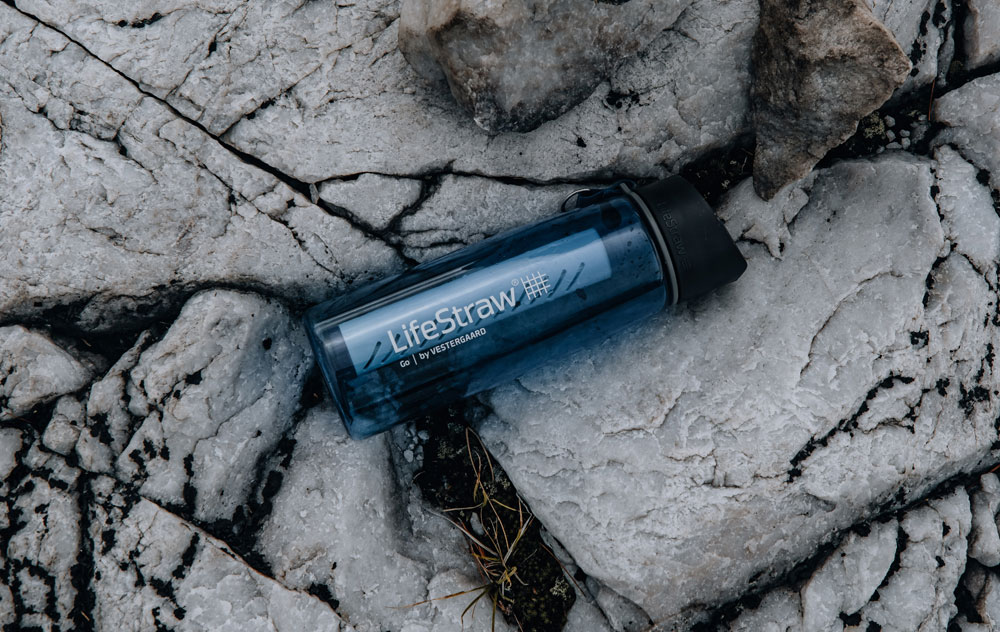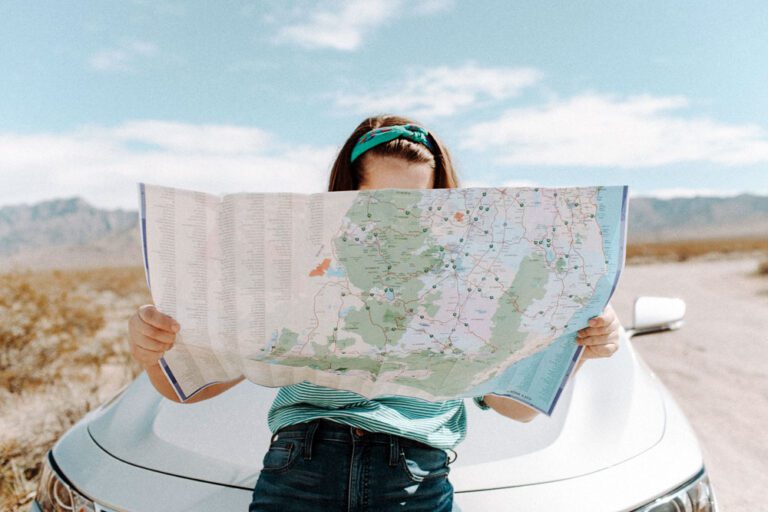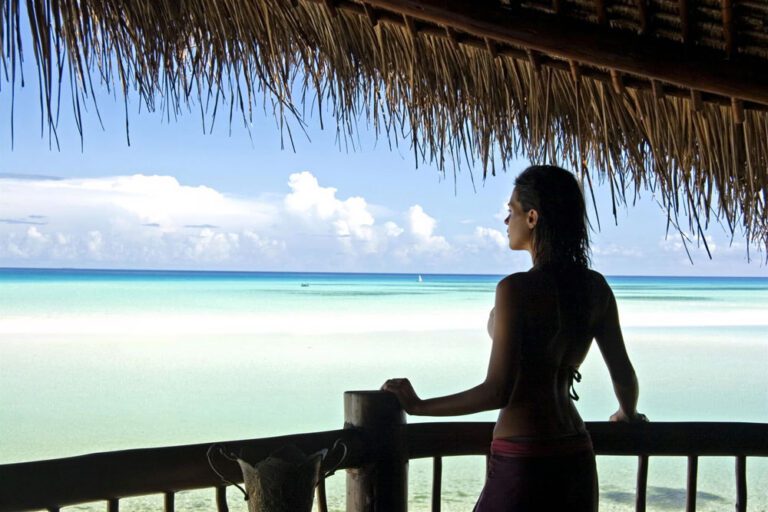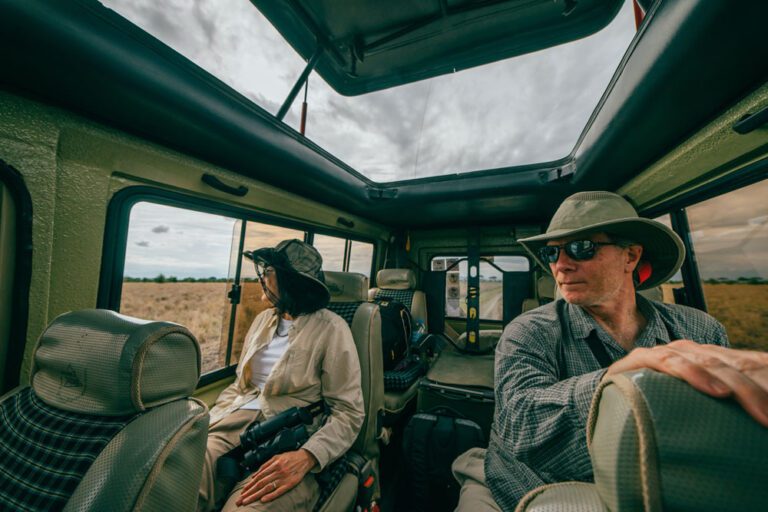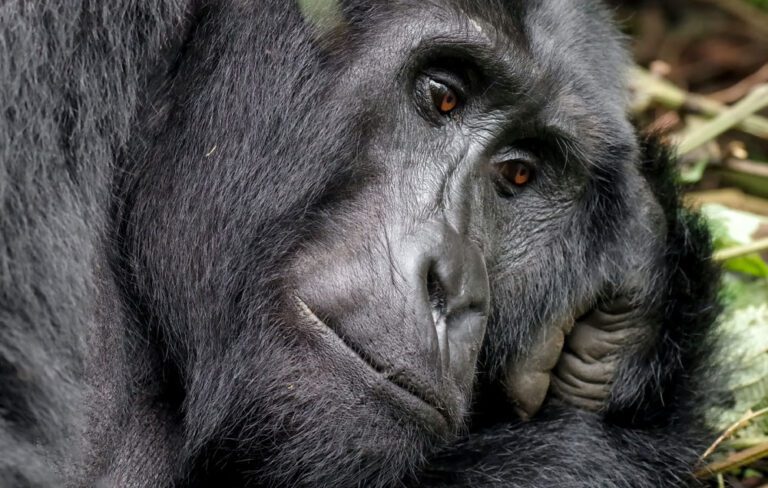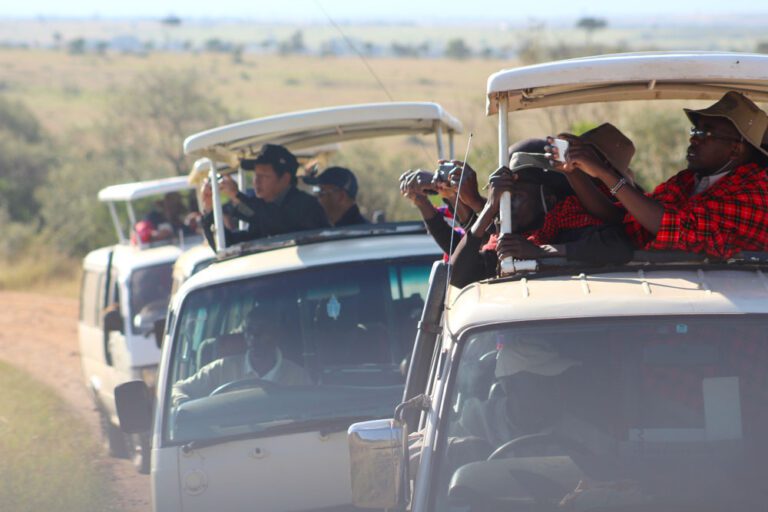Essential Packing Guide for an African Safari Adventure

Welcome to our essential packing guide for an African safari adventure! Discover the essentials for a smooth and enjoyable journey through Kenya, Tanzania, or any other captivating safari destination in Africa.
From luggage selection to camera protection and suitable clothing choices, we’ve got you covered. With valuable insights and firsthand recommendations, we’ll help you make informed decisions and avoid common packing pitfalls.
Simplify your preparation process and focus on creating unforgettable memories in the heart of the African wilderness. Get ready to embark on an unforgettable journey as we delve into essential items and insider tips.
Let’s maximize your enjoyment and embrace the magic of the African safari experience! Let’s get started!
Choosing the Right Luggage

When planning your safari, it’s important to consider the type of luggage to bring. Given that you’ll spend a significant amount of time in a vehicle, it’s best to opt for a duffle bag or backpack – something soft and easily portable.
A hard-sided suitcase may not be ideal as you’ll often find yourself walking on sandy, rocky, or dirt paths to reach your accommodations, making it challenging to wheel your bags.
Instead, you’ll likely have to carry them, which can be awkward and inconvenient. Additionally, keep in mind that there might be weight limits imposed.
Selecting the Ideal Day Bag
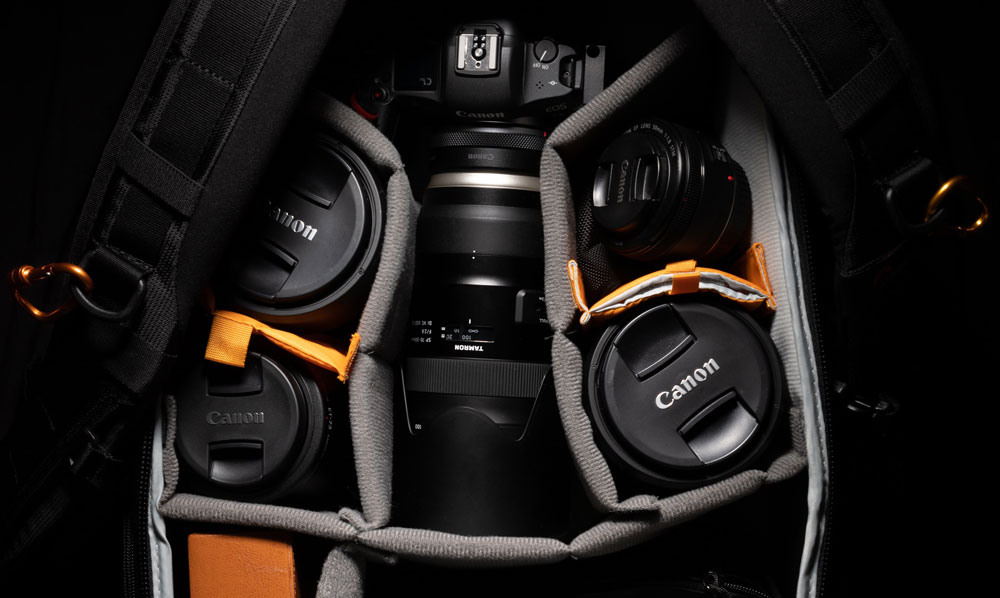
Having a suitable day bag is crucial for carrying your essentials during the safari. If you’re bringing a camera – and we highly recommend you do – it’s vital to ensure it is well-protected.
The safari vehicles can be quite bumpy, and the roads are often unpaved, so a well-padded camera bag is a must. For your day bag, focus on packing the essentials such as water, snacks, your passport, and sunglasses.
However, remember to prioritize padding. If you’re not bringing a large, expensive camera, a small side satchel will work wonders. But if you have an array of camera gear, a thicker backpack with sufficient padding is recommended.
Keep in mind that your bag will likely be placed on the floor or on the side of the vehicle, enduring some knocks along the way.
It’s also wise to avoid light-colored bags, as the vehicle floor tends to get quite dirty. Choose a bag that’s easy to carry and won’t hinder your movements during the safari.
Essential Camera Gear for Capturing Wildlife

Now, let’s talk about cameras – an essential component for capturing the breathtaking beauty of wildlife on safari. To ensure you can capture those awe-inspiring shots, it’s ideal to have a zoom lens with as much reach as possible.
While you can get relatively close to the animals in the vehicles, there are instances where that extra bit of zoom comes in handy.
However, even if you only have a point-and-shoot camera or just a cell phone, don’t fret! You can still capture memorable moments.
Don’t forget to pack a pair of binoculars. They are an absolute game-changer, allowing you to observe wildlife up close and appreciate their natural behavior.
If you have only a cell phone and binoculars, you can even hold the camera up to the eyepiece of the binoculars to take zoomed-in photos.
Packing Clothing for a Safari

When it comes to clothing, it’s essential to pack wisely for a safari in Kenya and Tanzania, particularly during the dry season from mid-January to the end of January.
We recommend selecting clothes that are easily washable since unexpected rain showers can occur. While you’ll be covered and protected inside the safari vehicle, it’s wise to prepare for varying weather conditions throughout the day.
You can pack a couple pairs of shorts – one denim and one khaki – along with short-sleeve tops, including a T-shirt and a couple of sleeveless shirts.
Considering the fluctuating temperatures, it’s wise to pack a combination of lightweight clothing suitable for the heat. Opt for shorts that allow for easy movement and pair them with a sweater or a light long-sleeve shirt for cooler mornings.
The long-sleeve shirt can come in handy during early mornings when the weather is a bit chilly, but not enough to warrant a jacket. You can also pack a pair of long pants for those colder mornings. The tall grass and the possibility of ticks necessitate leg coverage.
A versatile sweater that you could wear in the mornings and evenings when temperatures cooled off quickly can come in handy.
When it comes to clothing colors, neutral tones like khakis and earthy hues are commonly associated with safari wear. However, color choice doesn’t significantly impact the experience since you’ll be in a moving vehicle.
That being said, it’s still wise to avoid black and dark blue as they tend to attract tsetse flies, which are common in Tanzania and carry a parasite that can cause African sleeping sickness.
Overall, focus your outfit choices on comfort and functionality, ensuring you’re prepared for the fluctuating temperatures that you may encounter on your trip. It’s crucial to be ready for diverse environments as you transition from game drives to different accommodations.
Must-Have Accessories and Essentials

Now, let’s discuss some essential accessories and items to pack for your African safari adventure.
In addition to the aforementioned essentials, there are other items you shouldn’t forget to pack for your safari adventure.

Include items like adhesive bandages, antiseptic cream, pain relievers, and any necessary prescription medications. It’s better to be prepared for any minor emergencies that may arise during your safari.
Conclusion
Congratulations! You are now equipped with the essential knowledge to pack for an unforgettable African safari adventure.
Remember to choose soft and easily portable luggage, select a well-padded day bag to protect your camera gear, and pack clothing suitable for varying temperatures. Don’t forget the essential accessories like a wide-brimmed hat, comfortable footwear, and sunglasses.
Equip yourself with a reliable battery pack, adapters, and a practical water bottle. And of course, ensure you have sunscreen, bug spray, and personal care items to keep you comfortable throughout your safari.
As you go on your own safari, be mindful of the environment and respect the wildlife. Take in every moment and savor the unique experiences that Africa has to offer.
We hope our packing guide has been helpful in preparing you for this incredible adventure. If you have any additional items or tips that you found valuable on your safari, please share them in the comments below.

